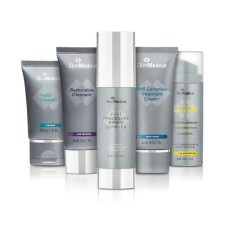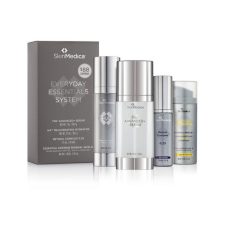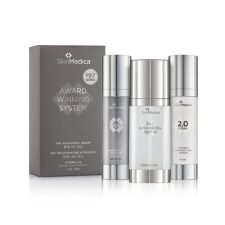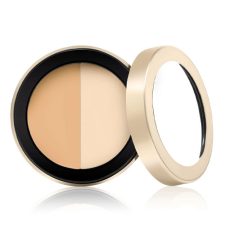skin checks for skin cancer
Our first goal is to prevent skin cancer by encouraging healthy skin habits. Our next priority is to diagnose and remove skin cancer as early as possible. Basal Cell Carcinoma is the most common skin cancer that we treat. We also treat Squamous Cell Carcinoma and In Situ Malignant Melanoma in our office. Once a skin cancer is diagnosed and removed, we follow our patients with regular full skin checks to monitor the site and to make sure no other concerning spots have developed.
skin cancer prevention
Practicing sun safety, not only in the summer but all year, is the best way to prevent skin cancer. In addition to making a sunscreen with an SPF 15 or higher part of your daily beauty regimen, you can follow these additional prevention tips:
- Seek the shade when in the sun for extended periods of time, especially between 10 a.m. and 4 p.m. when the sun’s UV rays are most powerful.
- Cover up with UV-blocking clothing, including a broad-brimmed hat and sunglasses.
- Don’t forget SPF lip balm to protect your lips.
- Apply a broad spectrum (UVA/UVB) sunscreen with an SPF (UVB protection) of at least 30 and good UVA protection at least 30 minutes before going outside. Be sure to reapply every two hours, especially after swimming or sweating.
- Zinc is my favorite sunscreen ingredient. It is a physical sunscreen – reflecting light instead of chemically reacting with UV rays.
- Avoid indoor tanning booths.
- Keep newborns out of the sun and apply sunscreen to babies over the age of six months.
- Do self-skin exams every month, and see your physician every year for a professional skin exam.
- Consider taking an over-the-counter supplement called Heliocare (Polypodium leucotomos) on days that you are going to be getting prolonged sun exposure. This water-soluble antioxidant made from a fern extract acts within 30 minutes of ingestion to help protect your skin cells from DNA damage from the sun. It is NOT a replacement for sunscreen and/or sun avoidance.
skin cancer warning signs
Throughout the year, you should examine your skin head-to-toe once a month. Self-exams can help you identify potential skin cancers early, when they can almost always be completely cured. When checking your skin, follow the ABCDE method and look for the following things when checking moles or spots:
Asymmetry: If you draw a line through a mole, the two halves will not match.
Border: The borders of an early melanoma tend to be uneven, scalloped or notched.
Color: Multiple colors (brown, black, or tan) in a mole is a warning sign for melanoma. A number of different shades of brown, tan or black could appear. Melanomas may also become red, blue or another color.
Diameter: When the ABCD’s of melanoma were first described, “D” stood for “Diameter larger than the size of a pencil eraser” (1/4 inch or 6 mm). To catch melanomas as early as possible, many dermatologists now use the letter “D” to mean “Different.” Melanomas are frequently “Ugly Ducklings” and look different from the other moles on your skin.
Evolving: If a mole changes in size, shape, color or elevation, or develops symptoms such as bleeding, itching or crusting, it should be checked by your dermatologist.
Browse Products
Showing 61–64 of 69 results




